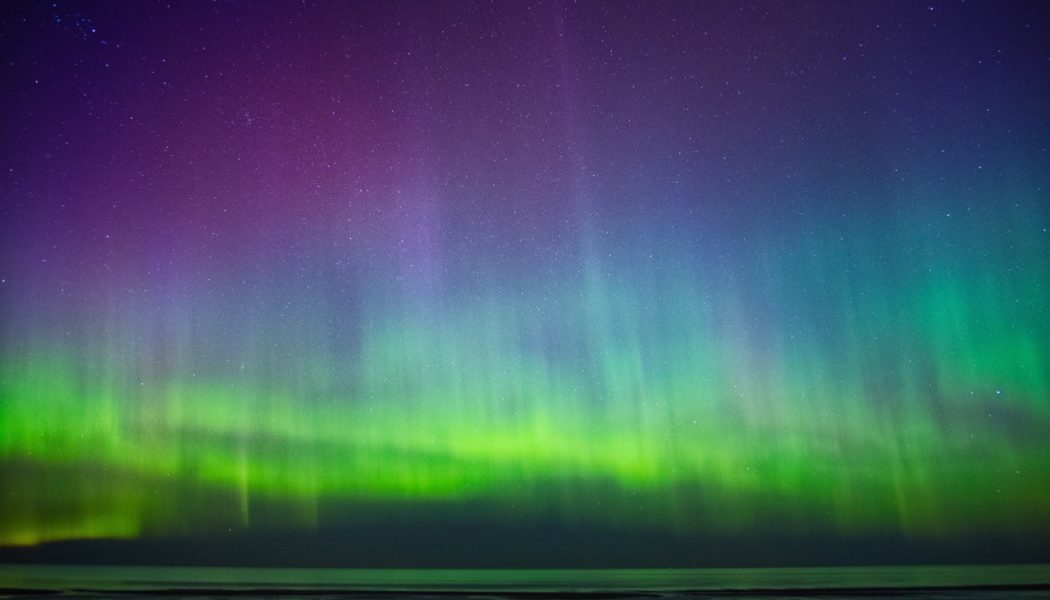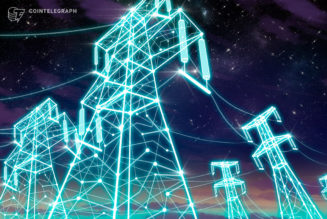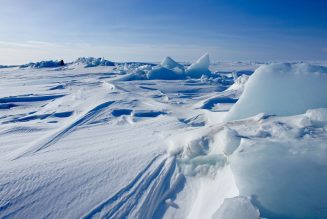From the famous northern lights to the lesser known sea of stars, we share elusive natural phenomena from across the globe
As Doug Hurley and Bob Behnken made history this week as the first astronauts to launch to orbit on a private spaceship, the world took pause to watch. Given the turmoil of our times, one observer quipped, ‘Congratulations to the Astronauts that left Earth today. Good choice.’
The off-the-cuff comment was amusing, but also surprisingly poignant for it reminded us of the damage being wreaked by humans – not only on each other but the planet itself.
Seeing the curvature of the Earth reminded us of the extraordinary natural phenomena that exist right here at home. Below, we share the best of them.
1. Aurora Borealis
The Aurora Borealis, more commonly known as the northern lights, is a natural light display caused by collisions between gaseous particles in the Earth’s atmosphere with charged particles released from the sun’s atmosphere.
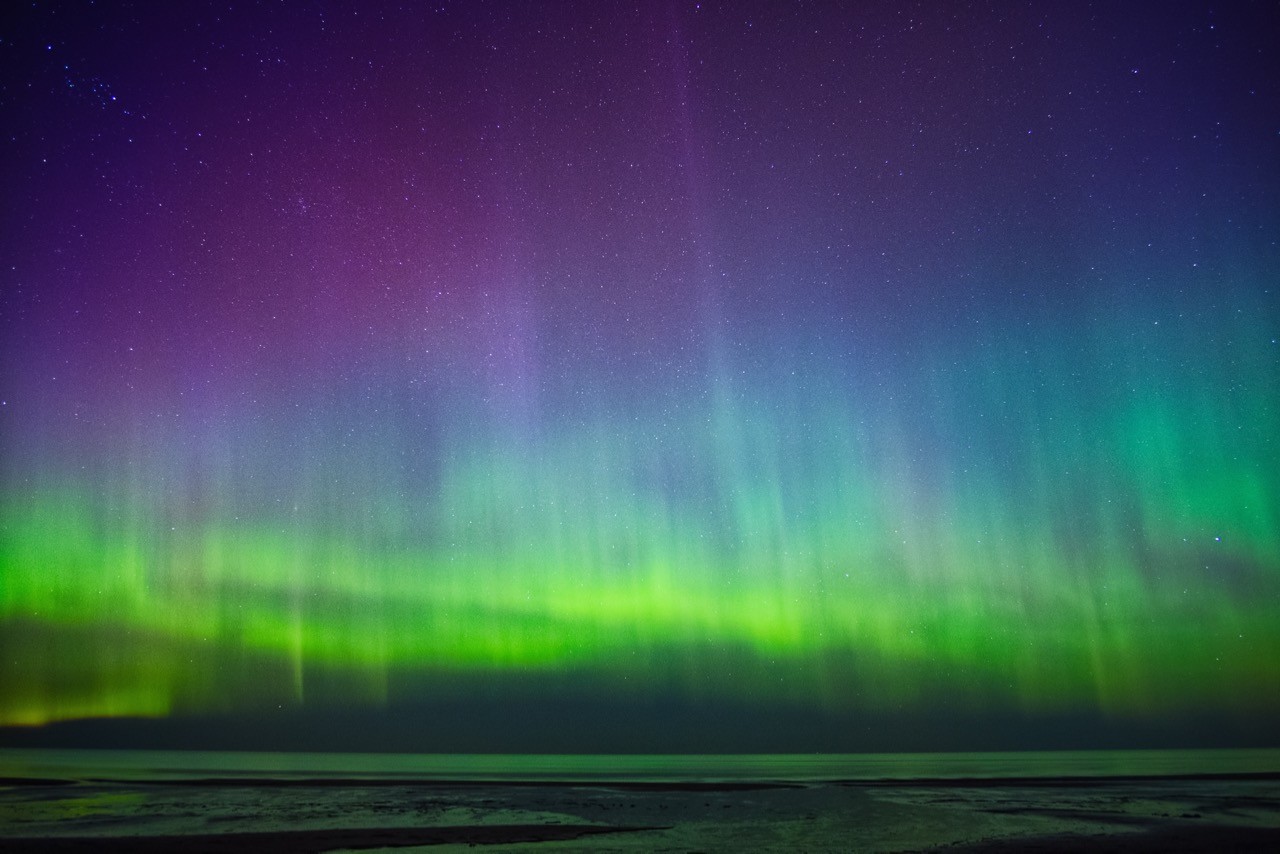
The phenomenon is usually seen in northern regions like Canada, Alaska, Norway, Greenland and Iceland, but have also appeared further south in Scotland and even New Orleans in the USA.
2. Catatumbo lightning, Venezuela
This ‘eternal storm’ of lightning occurs on 140 to 160 nights a year, 10 hours per day and up to 280 times per hour over Lake Maracaibo, usually over the area where the Catatumbo River flows into the lake.
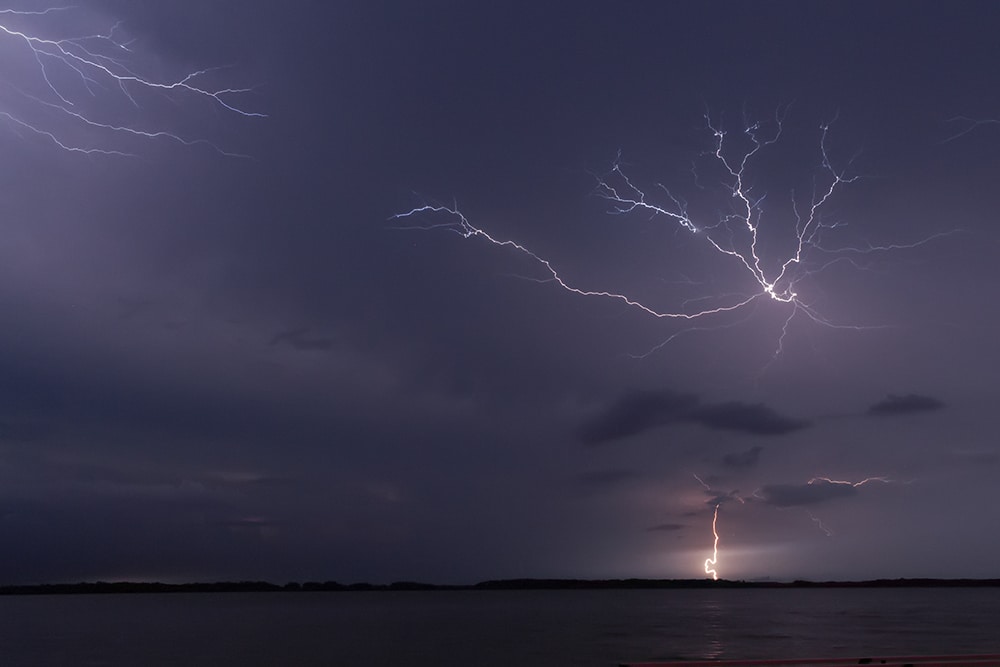
After appearing continually for centuries, the lightning ceased from January to April 2010, possibly due to drought. This raised fears that it was extinguished permanently but it reappeared several months later. Scientists say that Catatumbo is normal lightning that just happens to occur far more than anywhere else due to local topography and wind patterns.
3. Cloud formations
The British tend to have a deep aversion to clouds. You see, we rarely get that wispy, brilliant-white, cotton candy cloud that glides through warmer climes. No, ours are grey, bulging and ominous. They threaten to burst over July barbecues, and preside over weddings like harbingers of doom. What no one told us is that it doesn’t have to be this way…
Creative Commons
Asperitas, mammatus and lenticular clouds
Asperitas clouds are a natural phenomena that look like rippling waves. These are thought to appear in the aftermath of convective thunderstorms. Mammatus clouds look like bulges or pouches emerging from the base of a cloud while lenticular clouds look like flying saucers. In fact, it’s said that lenticular clouds are one of the most common explanations for UFO sightings across the world.
4. Sea of stars
The island of Vaadhoo in the Raa Atoll of the Maldives is famous for its ‘sea of stars’. At night, the sea is lit by marine bioluminescence, generated by plankton known as dinoflagellates.
When the plankton are stressed by the movement of the sea, they emit light as a defence mechanism in a similar way to some fireflies. As the waves increase in intensity, so too does the light, creating the illusion of a sea of stars.
5. Lake bubbles, Canada
These formations beneath Abraham Lake in Canada look beautiful, but are actually frozen pockets of methane, a highly flammable gas.
Caused by the decomposition of organic matter like plants, animals and microbes, the flammable gas travels closer to the surface in warmer months, eventually escaping into the atmosphere. The process is harmless as long as you’re not lighting up close by.
6. Light pillars
Light pillars are an optical phenomenon in which narrow beams of light seem to extend from the sky to the ground.
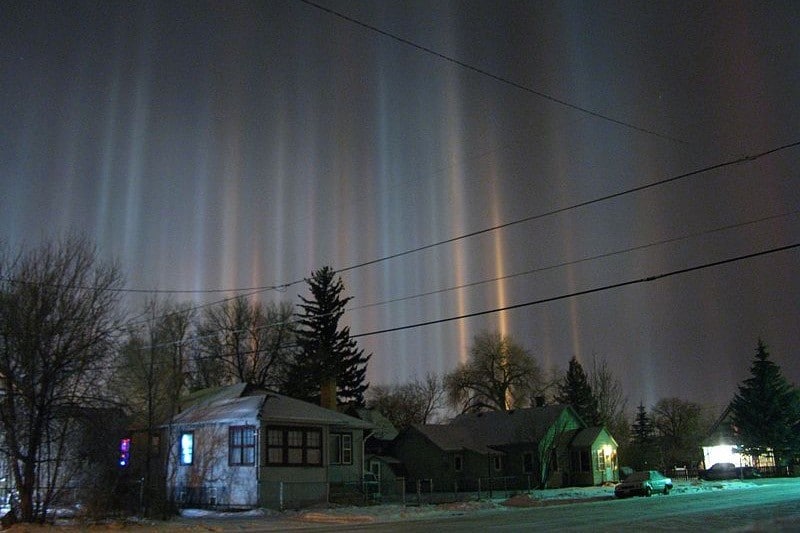
These occur when light from the sun or moon is reflected upwards by ice crystals that form in frosty air. For ice crystals to form, the conditions need to be extremely calm and cold, without wind. For the light pillars to show, the ice crystals need to be near the ground.
7. Horsetail Falls, USA
Every February, Horsetail Falls in Yosemite National Park is illuminated by the setting sun. If conditions are right, it creates the illusion of a ‘firefall’ where the waterfall glows orange and red, giving the impression of fire.
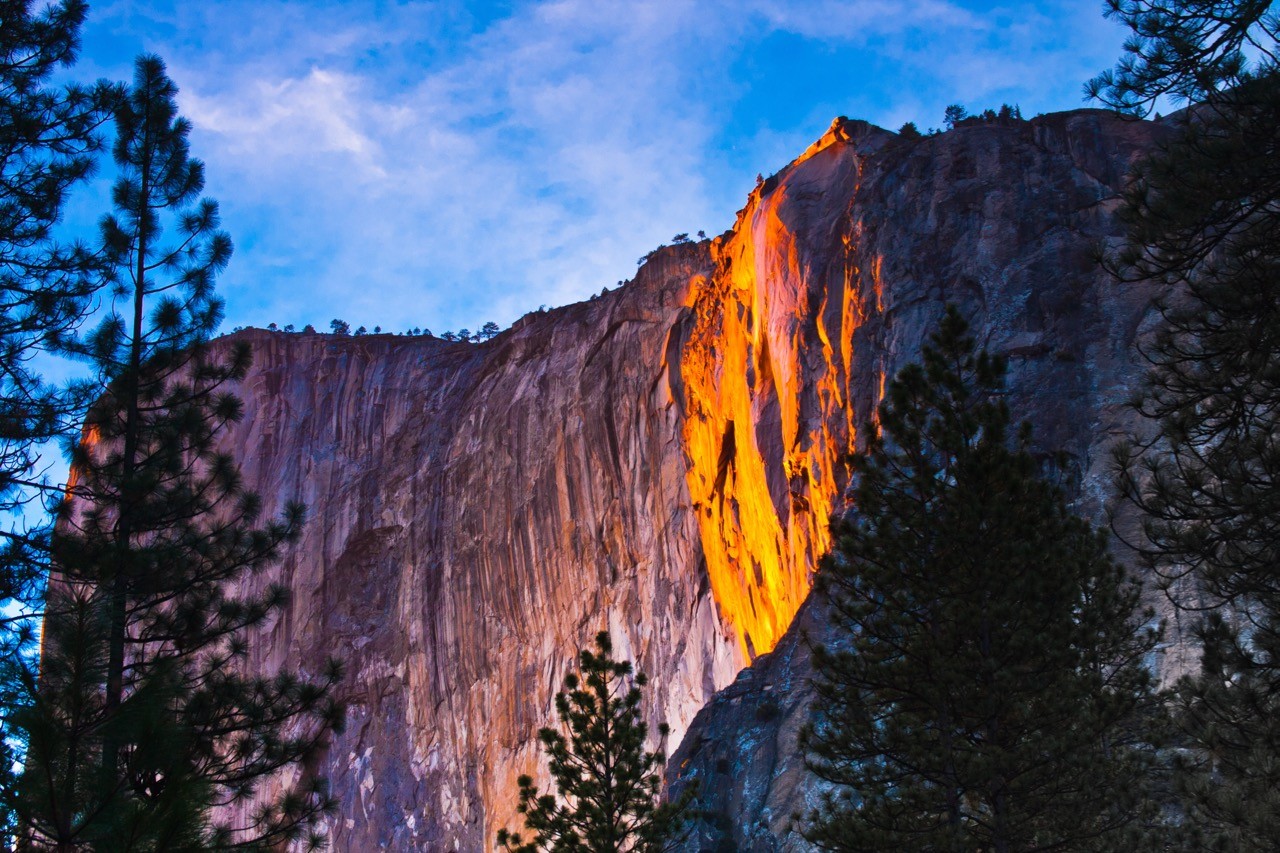
Photographers flock to the site, but the ideal picture requires a balance of forces: enough moisture to fuel the 1,000ft waterfall, clear skies to let the light through and the right angle for the sun to hit the famous falls.
8. Waterspouts
Waterspouts are like tornadoes but occur over water and are usually accompanied by high winds and seas, large hail and frequent dangerous lightning.
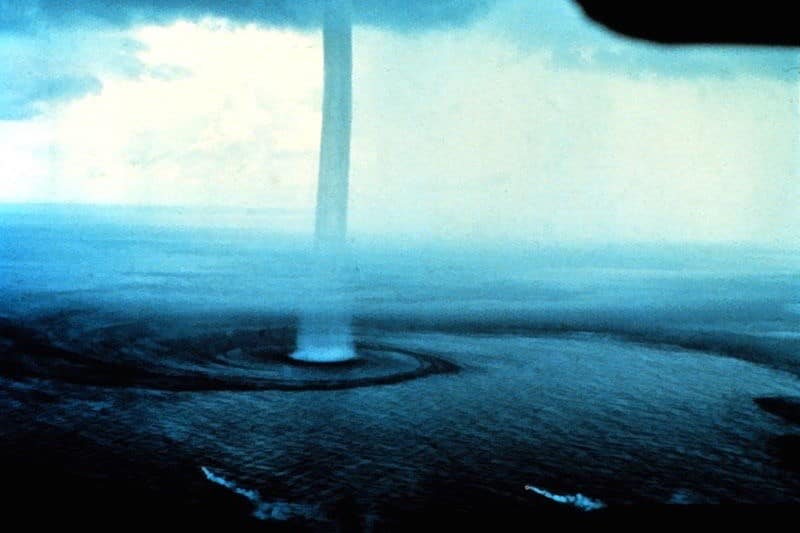
Waterspouts are spotted in the Florida Keys more than any other place in the world. They have been reported in Europe, New Zealand and even Antarctica, but occur most commonly in the tropics and subtropical areas.
9. Hessdalen lights, Norway
These strange orbs of light hovering over a valley in central Norway have baffled scientists for three decades.
Sometimes as big as cars, the orbs have (understandably) triggered numerous reports of UFO sightings. Some orbs drift gently through the sky for up to two hours while others flash white or blue and streak through the valley, disappearing in seconds.
10. Turquoise ice, Russia
Lake Baikal, located in eastern Siberia in Russia, is one of the largest and deepest lakes in the world, holding an enormous one-fifth of the world’s freshwater.
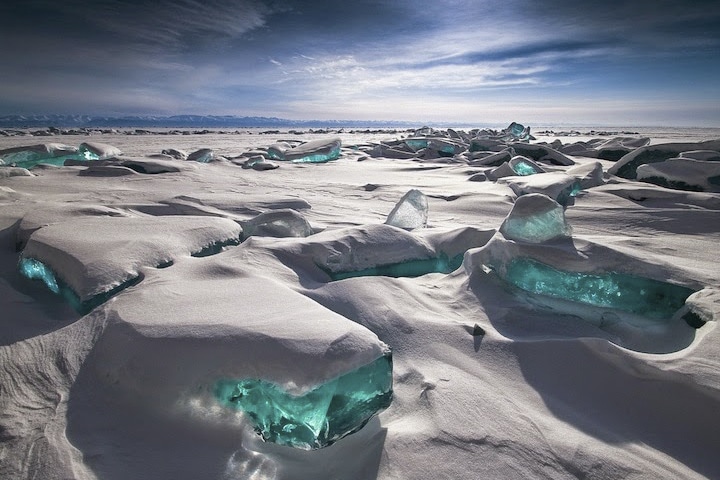
In March, weather conditions cause cracks and ice hummocks to form, which in turn create a stunning natural phenomenon: brilliant turquoise ice shards woven into the masses of broken ice.
11. Volcanic lightning
As if active volcanoes weren’t scary enough, we now learn that some are so ferocious, they actually produce lightning.
Known as a ‘dirty thunderstorm’, this phenomenon is caused by electrical charges generated when rock fragments, ash, and ice particles in a volcanic plume collide and produce static charges, just as ice particles collide in regular thunderstorms.
12. Snow chimneys
Snow chimneys are a type of fumarole; vents in the Earth’s crust which allow steam and gases to escape from volcanoes.
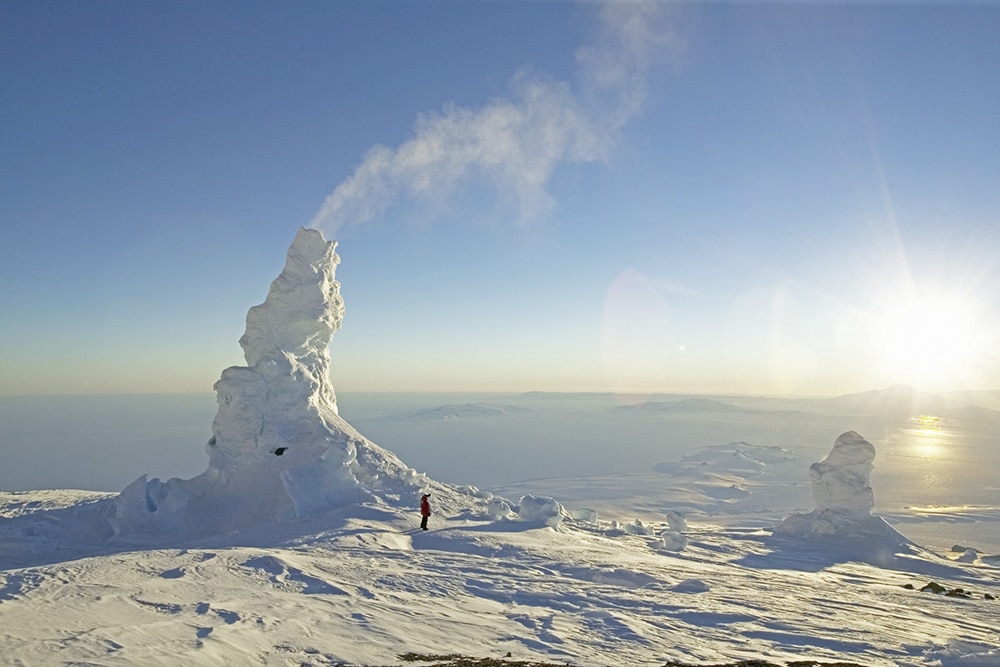
In Arctic areas, as soon as the steam leaves one of these vents, it freezes, eventually forming massive snow chimneys like this one on Mount Erebus in Antarctica.
13. Fire whirls
If there were ever a mark of the Devil, surely this would be it. A fire whirl, also known as a ‘fire devil’ or ‘fire tornado’ happens when intense rising heat and turbulent wind conditions combine to form a whirling twister made of flame and ash.
According to National Geographic, the fiery core inside the swirling wind is usually one to three feet wide and five to ten stories tall and, at the extreme, can stretch dozens of feet wide and more than a hundred stories tall. Terrifying.
